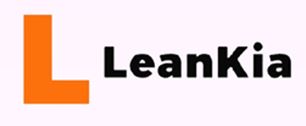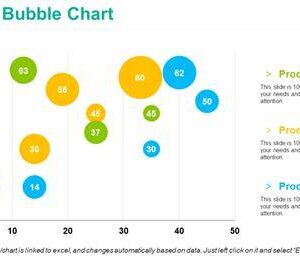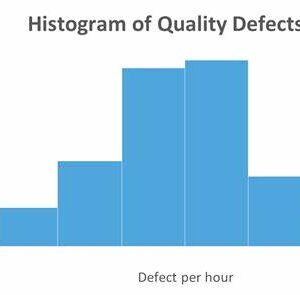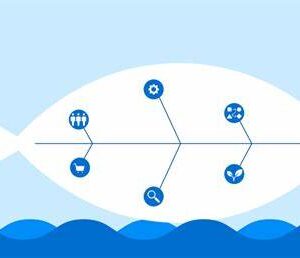In today’s rapidly evolving business landscape, staying ahead requires more than just innovation—it demands a culture of continuous improvement. One of the most powerful philosophies to achieve this is Kaizen, the Japanese concept of “change for better.” Traditionally rooted in lean manufacturing, Kaizen emphasizes incremental, continuous improvements involving everyone—from frontline workers to top management.
However, in the digital age, Kaizen is no longer confined to sticky notes on whiteboards or paper-based suggestion systems. The integration of digital tools into Kaizen practices is transforming how organizations identify, track, and implement improvements—bringing speed, transparency, and scalability to the process.
The Power of Kaizen: A Quick Recap
At its core, Kaizen encourages:
- Small, continuous improvements over time
- Employee involvement at all levels
- Elimination of waste (muda)
- Standardization of best practices
- Data-driven decision making
While simple in theory, executing Kaizen consistently across departments and geographies can be challenging—especially without the right tools.
Why Integrate Kaizen with Digital Tools?
1. Enhanced Visibility and Tracking
Digital platforms allow teams to log improvement ideas, assign actions, and track progress in real-time. Dashboards give managers a bird’s-eye view of ongoing Kaizen initiatives across departments, making it easier to monitor impact and ROI.
2. Improved Collaboration
Remote and cross-functional teams can collaborate seamlessly using cloud-based tools like Trello, Asana, or Microsoft Teams. This ensures that great ideas don’t get lost in translation or buried in inboxes.
3. Data-Driven Insights
Analytics platforms help organizations measure the effectiveness of their Kaizen activities. By integrating data from ERP systems, IoT devices, or CRMs, businesses can identify trends, bottlenecks, and opportunities for improvement with unprecedented clarity.
4. Automation of Repetitive Tasks
Digital tools can automate time-consuming tasks such as sending reminders, generating reports, or updating KPIs. This frees up human capital to focus on creative problem-solving and strategic improvements.
Digital Tools Empowering Modern Kaizen
Here are a few categories of tools that can complement and enhance Kaizen initiatives:
- Idea Management Systems (e.g., KaiNexus, IdeaScale): Streamline the capture, evaluation, and implementation of improvement ideas.
- Workflow and Project Management Tools (e.g., Jira, Monday.com): Visualize and manage improvement projects through kanban boards, Gantt charts, and more.
- Analytics & BI Platforms (e.g., Power BI, Tableau): Analyze performance data to inform continuous improvement strategies.
- Communication Tools (e.g., Slack, Zoom): Facilitate transparent communication and quick resolution of issues.
- Digital Gemba Walk Apps: Allow leaders to conduct virtual or digitized Gemba walks, documenting observations and actions in real time.
Best Practices for Integrating Digital Tools with Kaizen
-
Start Small: Begin with one department or process and scale based on feedback and results.
-
Involve Your Team: Empower employees by giving them training and access to tools that support their involvement in improvements.
-
Standardize Processes: Use templates and workflows to ensure consistency in how improvements are documented and tracked.
-
Measure What Matters: Use KPIs to evaluate the effectiveness of changes. Focus on metrics aligned with business goals.
-
Foster a Culture of Learning: Use digital platforms to share success stories, lessons learned, and ongoing training.
Conclusion
The fusion of Kaizen and digital tools is a game-changer for organizations committed to operational excellence. By harnessing technology, businesses can overcome the limitations of traditional Kaizen methods and create a more agile, transparent, and results-driven approach to continuous improvement.
In a world where change is constant, integrating Kaizen with digital tools ensures your organization not only keeps pace—but leads the way.














